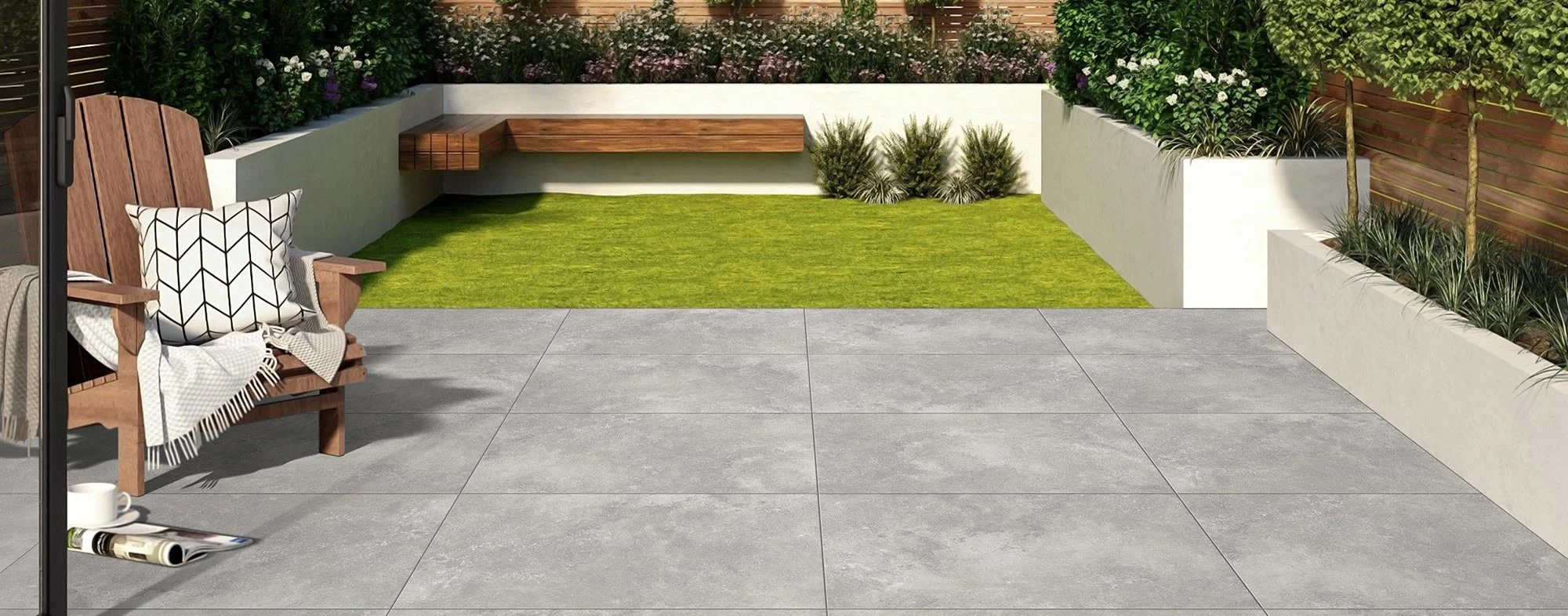Be it a good patio or an amazing deck, limestone has always made them look stunning. Whether indoors or outdoors or for domestic or commercial use, limestone has proven to be a beautiful and tough material to use for centuries. Limestone comes in different shades of aesthetic colours that are enough to vow anyone and to add impeccable properties to your space. It is also extremely versatile, which makes it suitable to be used almost anywhere in the house. Not only this, limestone is a natural way to keep your house cold and is known to be a great conductor of heat.
For paving purposes, Indian limestone paving is an ideal choice for obtaining beautiful texture and smooth finish. Moreover, limestone paving slabs are a key to having beautiful pavings in your outdoor space without struggling to find the perfect match for yourself. But don’t you wonder how one can lay these pavers easily at their own house without spending additional money on any professional?
If yes, this article is for you, and you will get to know a few amazing tips you can incorporate to install limestone paving slabs on your own.
How to Lay Limestone Paving Slabs: A Do-it-yourself Guide
Step 1: Start by preparing the area
Start by choosing an area where you want to install limestone paving slabs and make the markings. In order to do that, either use spray paint or wooden steaks along with a string to make the border perfectly.
Make sure the perimeter is marked in the right manner to avoid any mishaps.
Now it’s time to cut the edge and remove the soil or the grass from the area using a spade. While doing so, remember that the sub-base you are creating should have a slight amount of slope so that water does not get stagnated.
You are advised to properly examine the soil and find out what kind of soil is there. If the soil is firm and solid, you can leave it as it is and not remove anything, but if the soil is moist, you would need to remove the moist soil and add gravel up to four inches to ensure good drainage is provided. Lastly, use a hand tamper to even out the area.
Step 2: Time to lay the base
To cover the appropriate area, the weed-blocking fabric is required. In addition, for every four square feet of the outside space, you would require one cubic foot of sand. Next, spread the cloth over the indicated ground area and cover it with sand. The sand needs to be even and smooth. To prevent the sand from shifting, moisten it with a garden hose. Before you soak the sand again, let it dry. Continue soaking the sand until it is thoroughly compacted. In the last step, let the sand completely dry.
Step 3: Installation time
Before laying the Indian limestone paving slabs, group them to form the desired pattern. With about an inch between each, begin laying them out on the newly made sand bed. Please note not to disrupt the same when the limestone paving stones are being laid. Beginning at one corner, work your way around the entire space. With a rubber mallet, gently tap each paver. Use a brick-setting tool to cut the pavers if they don’t fit in the openings.
Step 4: Let it dry
For the pavers to be installed, let the mortar for around 24 hours to dry. Now combine one part water and five parts mortar. With a trowel, begin distributing the mortar mixture in the spaces left by the limestone pavers. To prevent ruining the stones, use the trowel to remove any extra material from the pavers. Forty-eight hours should pass before using the area.
Step 5: Winding Up
Limestone pavers are the finest choice for sizable outdoor settings that demand aesthetic consistency. Limestone is used to build roads, expansive courtyards, and porches. The patio area, pool areas, or gardens may accommodate natural stone because its surface has a non-slip basis. In addition, this stone resists frost and guards against frost damage during the winter. Since you may use limestone to pave a garden walk or create a step-pavement system, it is the industry standard for garden paving. Small stairways and a few gardens frequently develop slime layers over time. To avoid dampness and preserve the beauty of your landscaping, you might create these stairs out of limestone in this situation.
That is all you need to do. We hope we were able to clear the misconception that laying limestone paving slabs is an impossible task to do by yourself. If you have any more questions, feel free to reach out to us.




